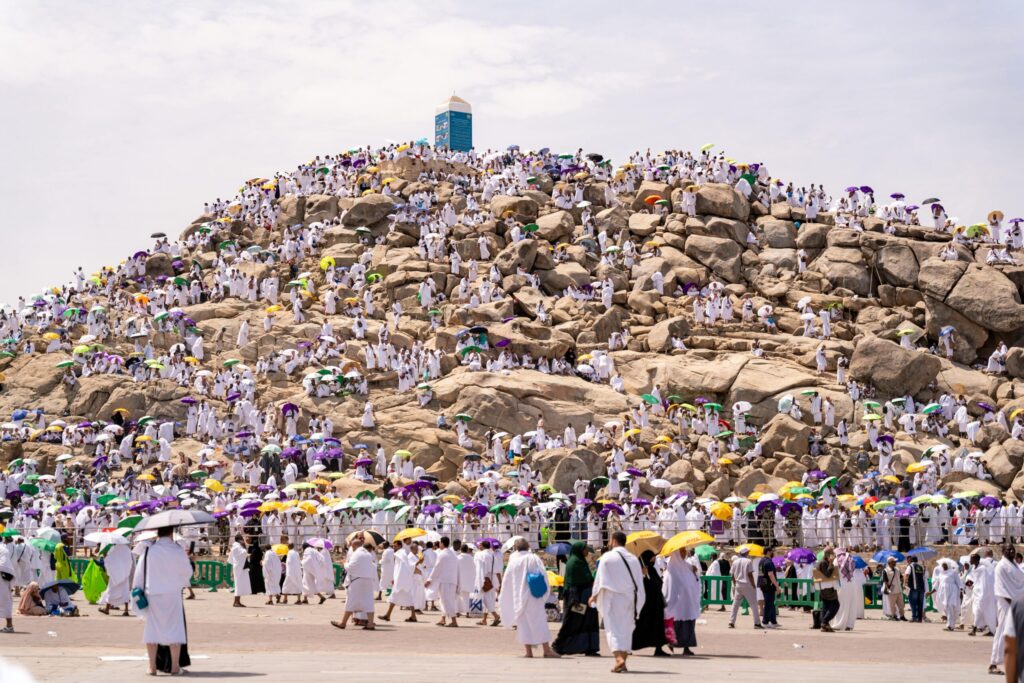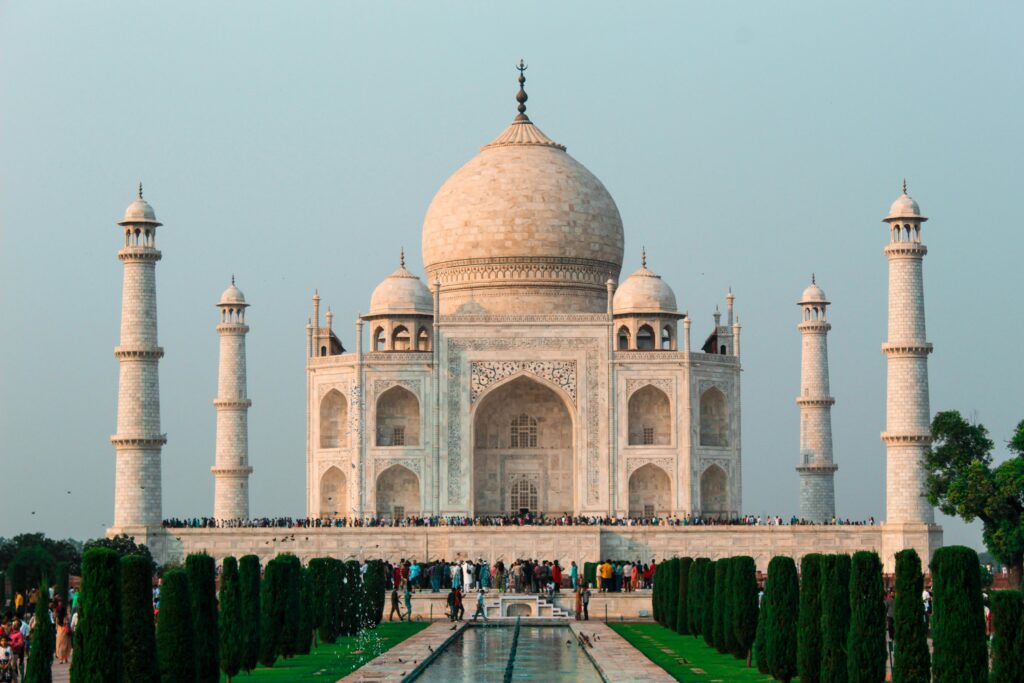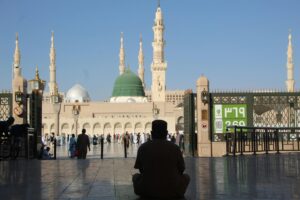
Hajj is the fifth pillar of Islam and the most sacred religious obligation of Muslims. Hajj is a sacred pilgrimage to Makkah (Mecca) in Saudi Arabia during the Islamic month of Dhu al-Hijjah. Tens of millions of Muslims from all over the world travel to Makkah every year to fulfill this once-in-a-lifetime obligation, if they can afford it and if they are healthy enough. Hajj is not just a physical pilgrimage, but also a spiritual pilgrimage of great significance that attests to oneness, humility, and submission to Allah.
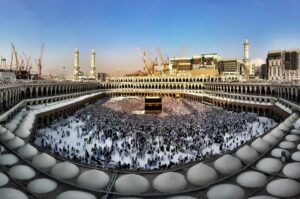
The rituals of Hajj were carried out by Prophet Muhammad (peace be upon him), but they were started by Prophet Ibrahim (Abraham) and his people. Historically in Islam, the problem is mentioned that Allah commanded Ibrahim to leave his wife Hazrat Hajra and his son Ismail in the desert at Makkah. In search of water, Hazrat Hajra ran between the hills of Safa and Marwah seven times. Her experience is seen in the Hajj ritual of Sa’i, when individuals run between the hills and come back.
The second significant feature of Hajj is the Tawaf, in which pilgrims circumambulate the Kaaba, the worship house built by Ibrahim and Ismail, seven times. This represents the equality of the believers in worshipping a single Lord. Pilgrims wear plain white clothes referred to as Ihram, which erases all the differences of wealth, status, and nationality. Pilgrims are equal in every way, representing all human beings to be equal before Allah. The most sacred day of Hajj is the Day of Arafah, during which pilgrims assemble on Mount Arafat’s plain. It is a day of sincere supplication, memorization, and worship. Attaining Arafat serves as a reminder to Muslims of Judgment Day and forgiveness and spiritual re-orientation. It is the climax of the pilgrimage and non-performance renders the Hajj null and void.
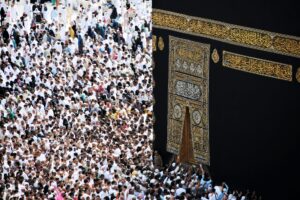
Symbolic stoning of devil, Ramy al-Jamarat, is also important. Pilgrims stone three stone pillars in Mina symbolically, representing Prophet Ibrahim resisting Satan’s temptation. It is a demonstration of the determination of the believer to avoid evil and remain firm in faith.
Following these ceremonies, the pilgrims perform Qurbani, the act of sacrificing an animal, symbolizing submission to Ibrahim’s readiness to sacrifice his son at the command of Allah. It is also commemorated during Eid al-Adha, which is during Hajj.
Hajj is physically demanding and emotionally taxing but a once-in-a-lifetime experience. Pilgrims usually come back home with purpose in life, deepened faith, and increased faith in belonging to the Muslim ummah. It requires patience, self-control, gratitude, and humility.
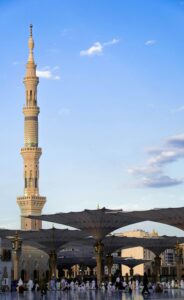
At its simplest, Hajj is far more than ritual. It is a pilgrimage, an opportunity to escape the chaos of the world and communicate with the Creator. For Muslims, the fulfillment of Hajj is a potent reminder of life’s purpose and a rich spiritual experience that leaves one indelibly marked.

